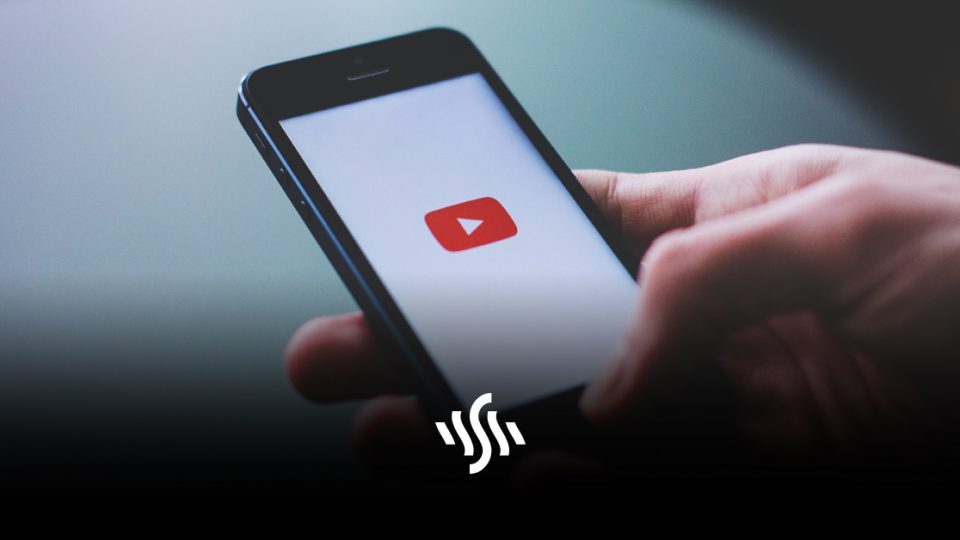Fair Use on YouTube | How to Create Compilations
Compilation videos are great, from epic fails to the funniest moments. Knowing the rules around them is vital though, so learn about fair use on YouTube here!
If you want to get creative, the last thing you might be thinking about is rules. After all, isn’t creativity supposed to push boundaries, and explore new ideas? Sure, this is true! But, it’s important that creators and their works are protected from things like theft or misuse.
This might sound like the kind of thing you’d shout “NERD” at someone for in the playground at school, but knowing the rules can help you to create safely, and ultimately have a more enjoyable experience.
Breaking the Rules
We all like to live on the wild side from time to time, so breaking the rules can seem attractive. Often, rulebrekaing results in shortcuts and less work, which is pretty tempting when you’re a busy creator. What can happen if you don’t pay attention to copyright rules on YouTube, though?
- Copyright claims
- Copyright strikes
On YouTube, there’s a system in place to protect a creator’s intellectual property. Any violations of this system can result in copyright claims and strikes. If you receive one of these pesky notifications, you could end up missing out on monetisation, or (in worst case scenarios) having your account suspended.
This might sound like a pain, but it’s there to make sure the work of creators doesn’t get used without their permission. You may have been stung by this system before, but it’s likely you’ve also been protected by it too!
Fair Use on YouTube
You might have heard of fair use before, or “fair dealing” as it’s known in the UK. Fair use allows you to resuse copyrighted material under certain circumstances. Fair use is something that is determined by the courts, since it is a legal issue, rather than YouTube itself.
If you have to argue that fair use applies to your creation, a court will look at whether the work is transformative. This means they will look at whether you’ve added new expression or meaning to the original work, rather than just copying it.
YouTube Creators put together this helpful video to explain everything you need to know about fair use.
Situations that might be considered fair use include commentary videos, reviews, and news reporting.
The tricky part is, even if you follow the fair use rules, YouTube’s own content ID system won’t be able to recognise this. That means you could still end up with copyright claims, hindering your ability to monetise that particular video.
So, how do people make videos that feature other people’s YouTube content, like compilations or reaction videos?
Using Other Creator’s Videos
There are two ways you can get around the content ID system, and use other people’s content in your videos.
Creative Commons
The first is to check the license type of a piece of content you wish to feature. Doing this is pretty straightforward. Simply find the video you want to use, and check the description for the license information.
If it says “Creative Commons Attribution license (reuse allowed)”, then you can freely reuse this content in your own project.
You just have to give attribution to the original creator in your own video description, either by mentioning their name or username.
If you’re searching generally for creative commons videos, you can filter your search. Just type in your search term, then head to the filter options, and select Creative Commons under the Features section.
Get Permission
The other way you can use someone else’s video in your own, without fear of copyright issues, is to ask the owner’s permission first.
You can get in touch with the original copyright owner via email (hopefully they’ll have provided one on their About page on YouTube). Explain your intentions for reusing their video, and whether they would be happy to put it in writing that they consent to it.
Having this permission will protect you against any copyright issues, since you’ll be in contact with the copyright owner. Any claims the content ID system might issue can then be quickly lifted by them.
Conclusion
Whilst fair use can protect you when using copyrighted material, it can be a complicated legal point. Because of this, it’s best for creators not to solely rely on fair use when reusing other people’s content in their videos. This especially applies to YouTube, since the content ID system can’t determine whether something is fair use anyway.
To make life easier, and protect yourself from claims, it’s best to use creative commons content, or ask permission first.
If you’re looking for music to use in your videos, check out Synchedin!
Getting permission from aritsts or labels can be a lengthy and expensive process. Synchedin offers a huge library of awesome royalty free music for you to use in any kind of content project.
Discover independent artists covering a whole array of genres, all with the sync license covered.
